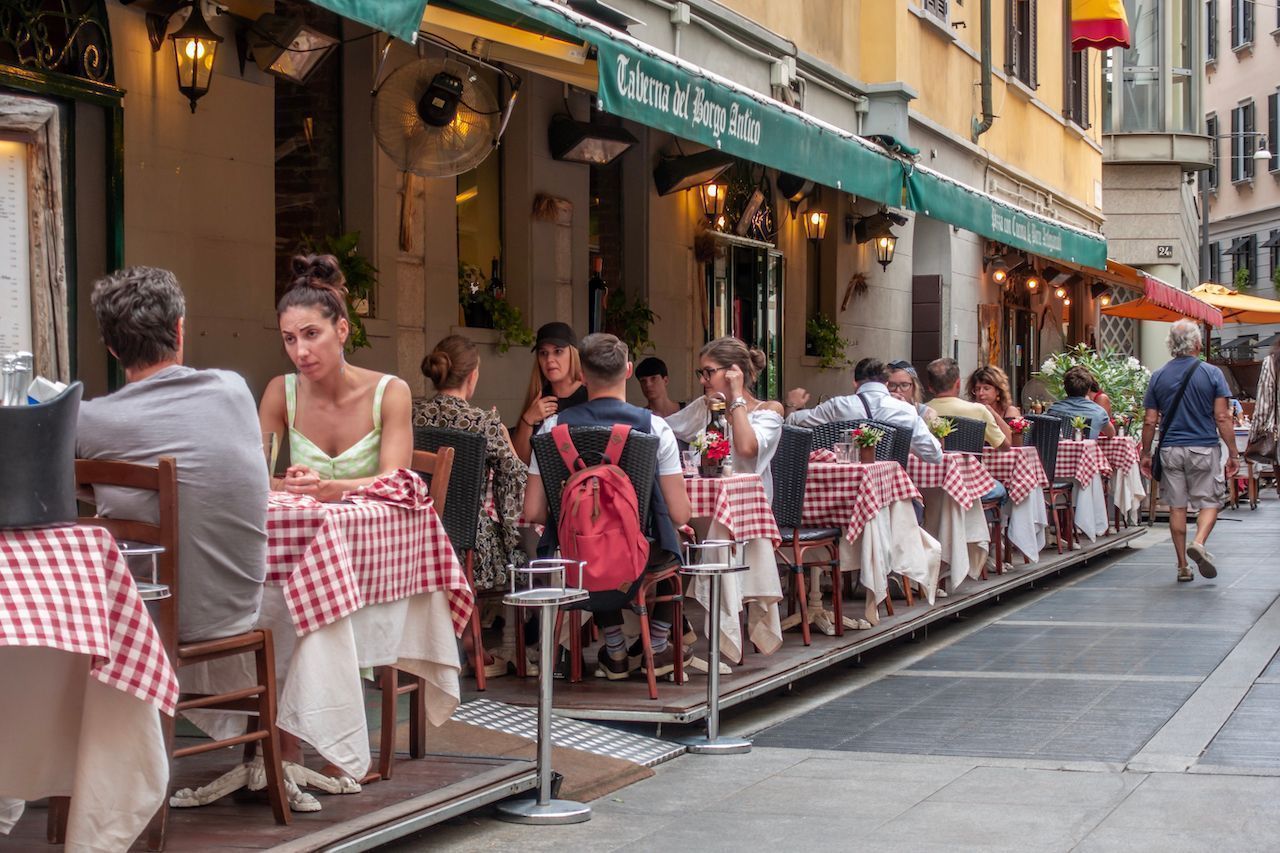Italians are known for their art. Throughout history, Italy has been celebrated for its Renaissance paintings and sculptures, cutting-edge fashion, and gothic architecture. However, there is another Italian art form essential to Italian culture, and it’s one that’s arguably more fun to participate in: the aperitivo.
Aperitivo comes from the Latin word aperire, meaning “to open.” Historically, an aperitivo was an alcoholic beverage consumed before dinner to whet your appetite. Today, it’s a daily ritual that embodies la dolce vita.

